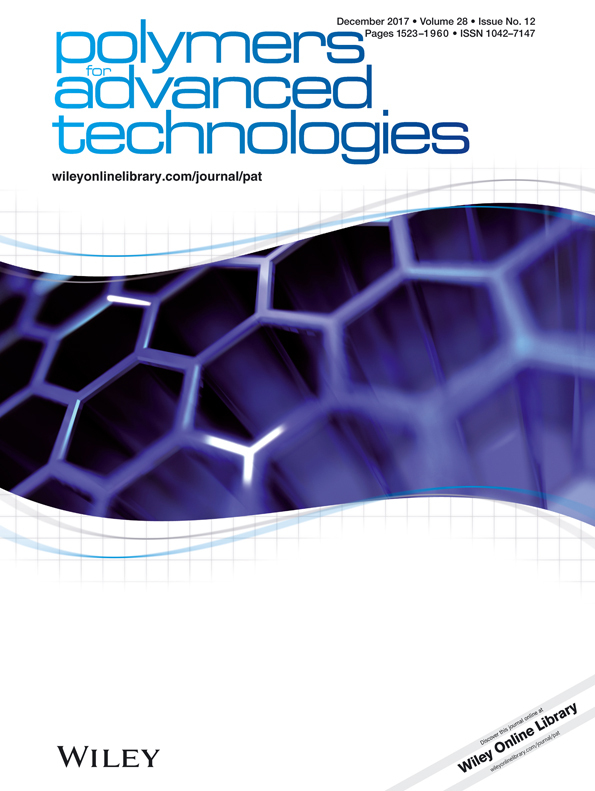Microencapsulation of phosphor particles with the drying-in-liquid method in parallel with the suspension polymerization method and effect on afterglow luminance property
Abstract
Strontium aluminate particles as phosphor particles were microencapsulated with the drying-in-liquid method in parallel with the suspension polymerization method in order to increase the waterproof and to improve afterglow luminance property.
In this study, ethylene glycol was used as the continuous phase instead of water to prevent phosphor particles from deteriorating at the microencapsulation process, and polystyrene was used as the more hydrophobic microcapsule shell. Styrene monomer was used as the solvent of polystyrene at the drying-in-liquid method and as the polymerizable monomer at the suspension polymerization method at the same time.
The content and the waterproof could be considerably increased with the drying-in-liquid method in parallel with the suspension polymerization method as compared with only the drying-in-liquid method, because the denser microcapsule shell without any tiny holes and cracks could be formed.
The decrease due to water in brightness of afterglow luminance of phosphor particles could be prevented by microencapsulating with the drying-in-liquid method in parallel with suspension polymerization method. Copyright © 2017 John Wiley & Sons, Ltd.




